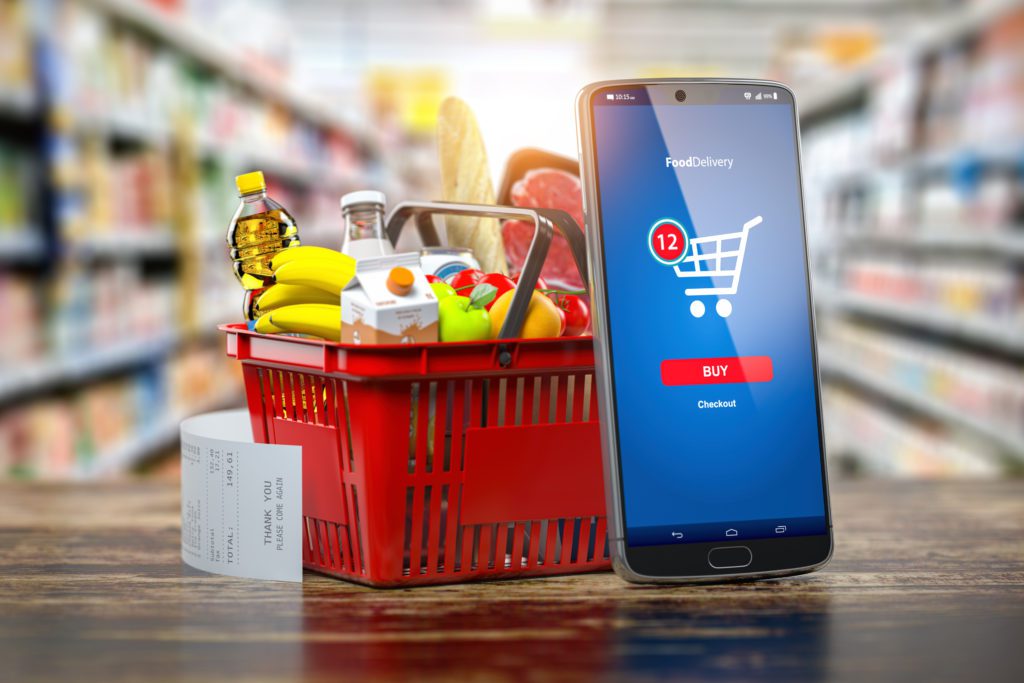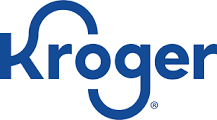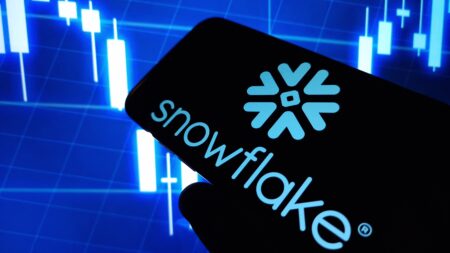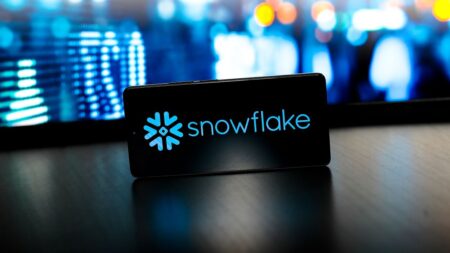The second quarter earnings report from grocery giant Kroger details a growth agenda driven by three elements:
- Laser customer focus
- Ramped-up use of digital engagement
- A smooth-running supply chain that is an exception, rather than the rule, in the retail industry
It shouldn’t come as a surprise, then, that the company beat forecasts, raised its full-year guidance, and detailed how it’s taking market share.
“Our seamless digital ecosystem is critical to building deeper customer loyalty and accelerating market share growth,” CFO Gary Millerchip said on the company’s earnings call — describing the company’s strategy to let customers go between delivery, pickup, and shopping in stores while building loyalty across all forms of engagement.
Chairman and CEO Rodney McMullen added: “Our customers are looking for ways to save and we are there for them.” He highlighted the rapacious use of the company’s digital coupons as one example of how Kroger is addressing their current priorities.
The Cincinnati-based company operates 2,800 stores, with annual sales of more than $130 billion.
Checking Out the Numbers
Kroger’s total second-quarter sales were $34.6 billion, compared to $31.7 billion one year earlier. Excluding sales of fuel, sales increased 5.8% compared to one year earlier.
The company delivered an operating profit of $954 million and EPS of $1, or an adjusted EPS of 90 cents. Analysts had forecast 82 cents per share.
It raised its forecast for the balance of the year: identical sales (without fuel) are now expected to grow 4% to 4.5%, and adjusted net earnings are in the range of $3.95 to $4.05. The previous range that had been expected was 2.5% to 3.5%.
Kroger Helps Customers Deal With Inflation
Kroger casts several new and ongoing initiatives as measures to help customers fight inflation by getting more value for their money. For instance, the company’s credit card features an introductory discount of 55 cents per gallon of fuel and its gift card program offers four times travel rewards on a promotional basis.

“In order to maximize freshness, we are utilizing our data science and collaborating with our partners to minimize dwell time in our distribution network and maintain the integrity of the cold chain.”
Kroger CEO Rodney McMullen
“Our fuel rewards program is a key differentiator to help customers stretch their dollars, especially when fuel prices are high. Customers engaged with our fuel rewards program at the highest rate since the start of the pandemic during the second quarter, and this helped to ensure our gallon sales outpace the market,” CFO Millerchip said. The company’s margin on fuel in the quarter was 62 cents, compared to 39 cents one year earlier.
Strong 10.2% growth in the company’s in-house brands — which gained 170 new items in the quarter — is driving loyalty and additional sales. “We believe the unmatched combination of innovation, quality, and value provided by Our Brands is a clear competitive advantage as inflation remains front of mind for many of our customers,” Millerchip said.
Accelerating With Digital
Just how central is digital customer engagement to Kroger? The company’s communications regularly leverage the phrase: “Leading with Fresh and Accelerating With Digital.”
A couple of data points underscore the company’s headway in building its self-described seamless digital ecosystem:
- Digital sales grew 8% in the quarter, led by strength in delivery solutions, which grew by 34%.
- Digital coupon engagement by cost-conscious customers hit an all-time high with 750 million offers downloaded for almost $1 billion in savings.
Digital growth initiatives that continue to be prioritized include the expansion of the company’s delivery network in new and existing geographies, as well as the company’s Boost customer loyalty program.
“Leading with fresh, we are dedicated to serving our customers the freshest products, so when they think food, they think Kroger,” McMullen said. “To achieve this goal, we are utilizing technology and deploying fresh innovation to deliver products faster, which stay fresher longer for our customers to enjoy.”
Supply Chain and Tech
Supply chain practitioners and their systems have been on the hot seat since Covid kicked in, given all the supply chain issues that have disrupted businesses and the availability of products for customers. Retailers have been among the hardest hit by problems in this vital function that has proven to be quite fragile.
So, it’s refreshing to see that Kroger, like Walmart, appears to be making headway in bringing back normalcy to retail supply chain operations and proactively managing them for strong customer impact. Officials of Kroger said their supply chain and sourcing teams collaborated to reduce fuel cost headwinds through technology and process efficiencies including maximizing trucking capacity.
McMullen called out the supply chain as a key link in the company’s ability to execute its freshness strategy. “In order to maximize freshness, we are utilizing our data science and collaborating with our partners to minimize dwell time in our distribution network and maintain the integrity of the cold chain,” he said.
In other tech initiatives, the company opened a new customer fulfillment center, expanded its delivery network to four new geographies, and implemented technologies that lowered its cost to serve customers.
Related Insights on Retail, Supply Chains, and Inflation:
- Walmart Providers Flicker of Light at End of Supply Chain Tunnel
- How Applexus and SAP Retail Cloud Co-Creation Tackles Supply Chain, Sustainability
- Decisive Supply Chain Actions Boost Cisco Results
- How Oracle Retail Solutions Overcome Industry Challenges
For more exclusive coverage of innovative cloud companies, check out Cloud Wars Horizon here:










